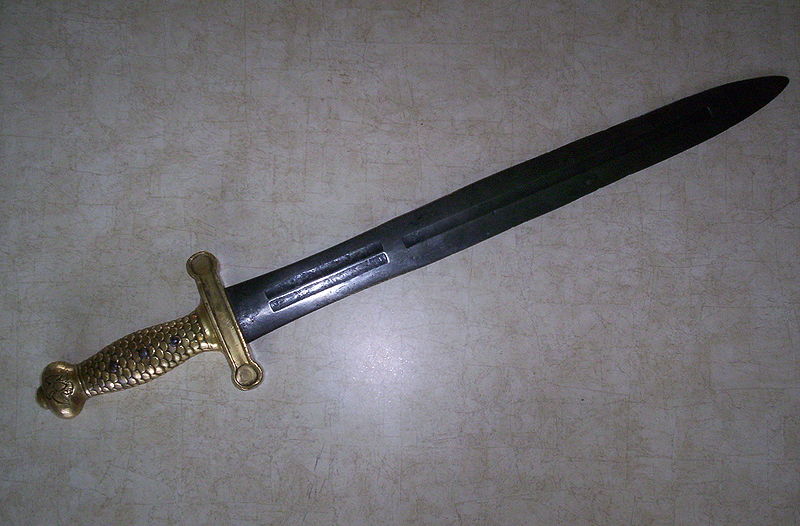Poor Private
58 Cal.
- Joined
- Feb 25, 2007
- Messages
- 2,073
- Reaction score
- 22
Like 1sgt says you need to do the documentation of your unit and they used for weapons. My understanding is that sidearms were issued to large guns for one purpose only- to shoot the wounded horses in your guns hitch so you could cut them out of thier harness so that your gun could still be moved off the field. Also if your unit did carry sidearms you would generally on carry "1" (no Josie Wales affect) remember J.W was a member of a gorilla cavalry unit and they would carry many side arms--try reloading any pistol while your horse is at a full gallop! Thats why they had pommel holsters, along with a waist holster.
The 2nd Kentucky unit I belong to is better known as "Morgan's Raiders" who pulled 2 mountain howitzers with them and used any and all various weapons from shotguns to carbines, to cut down 3 banders, to any and all style of handguns.
The 2nd Kentucky unit I belong to is better known as "Morgan's Raiders" who pulled 2 mountain howitzers with them and used any and all various weapons from shotguns to carbines, to cut down 3 banders, to any and all style of handguns.






